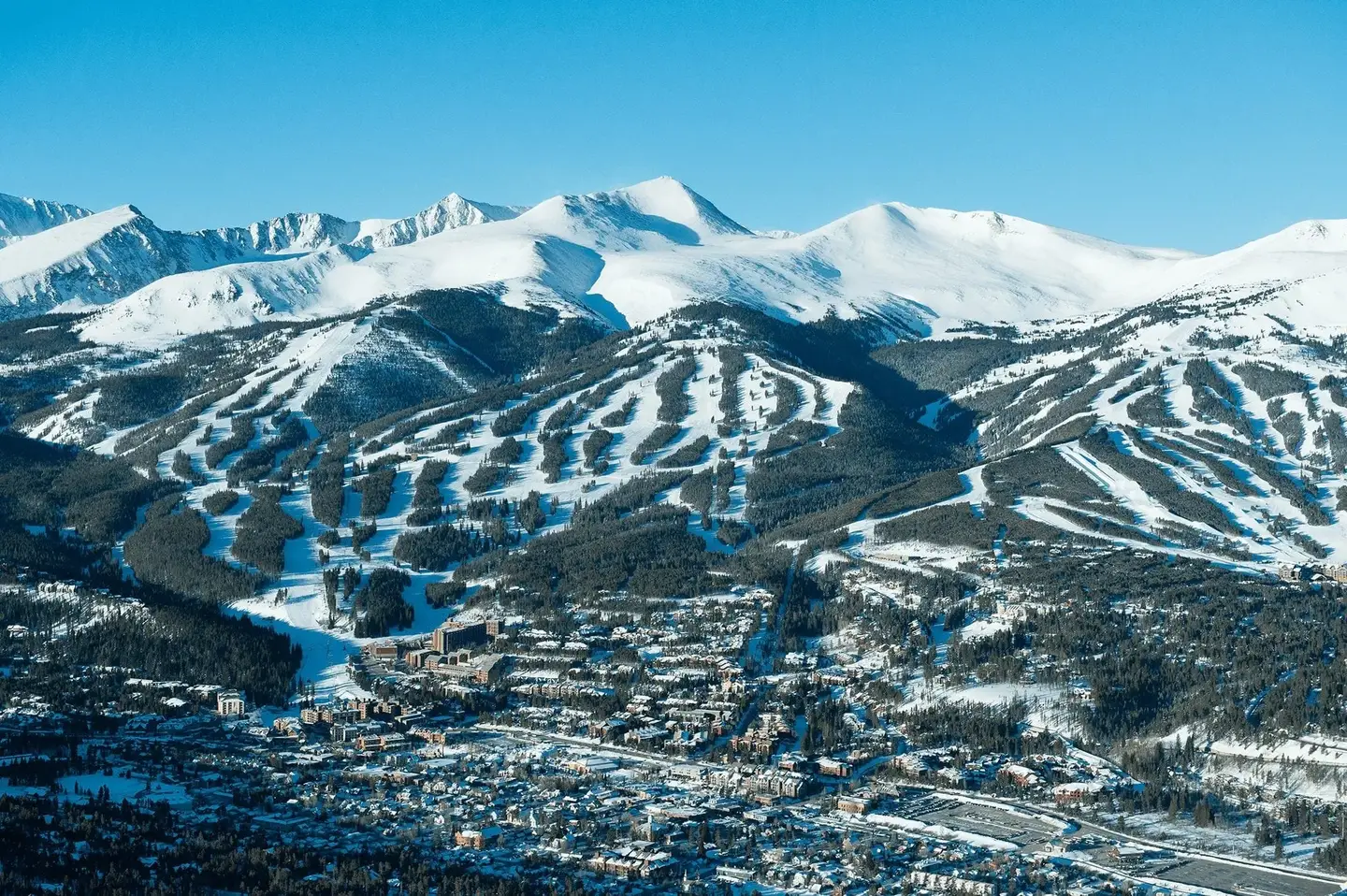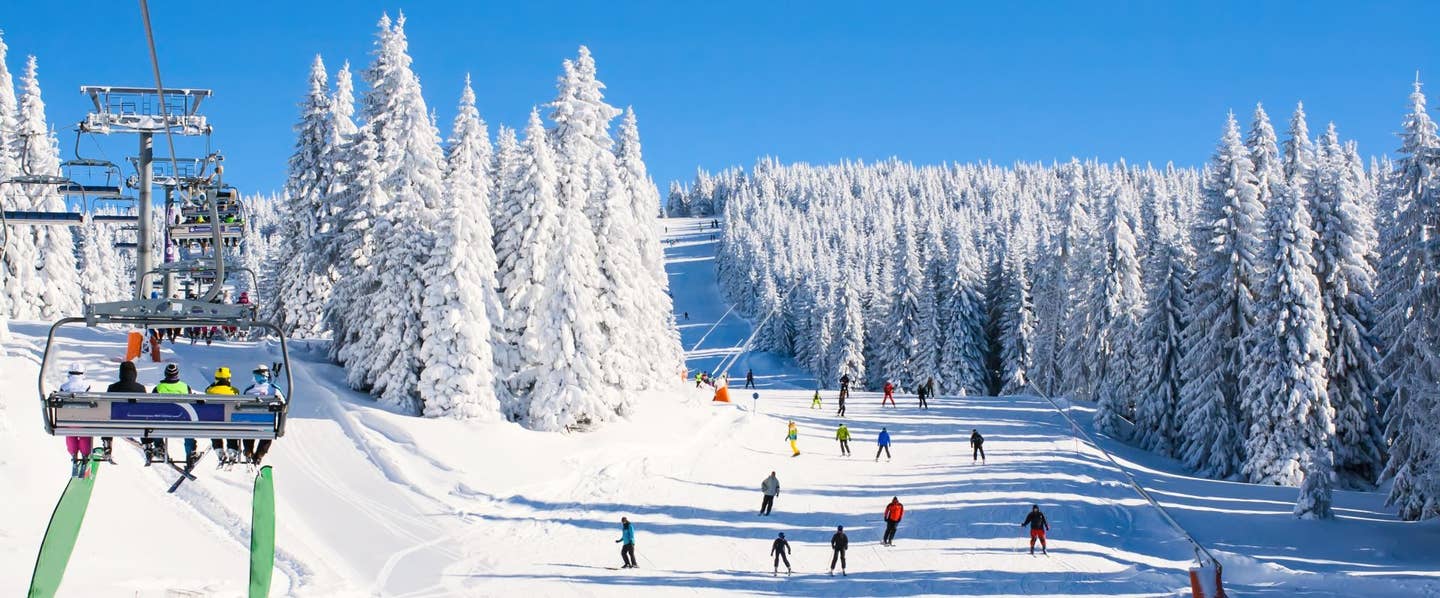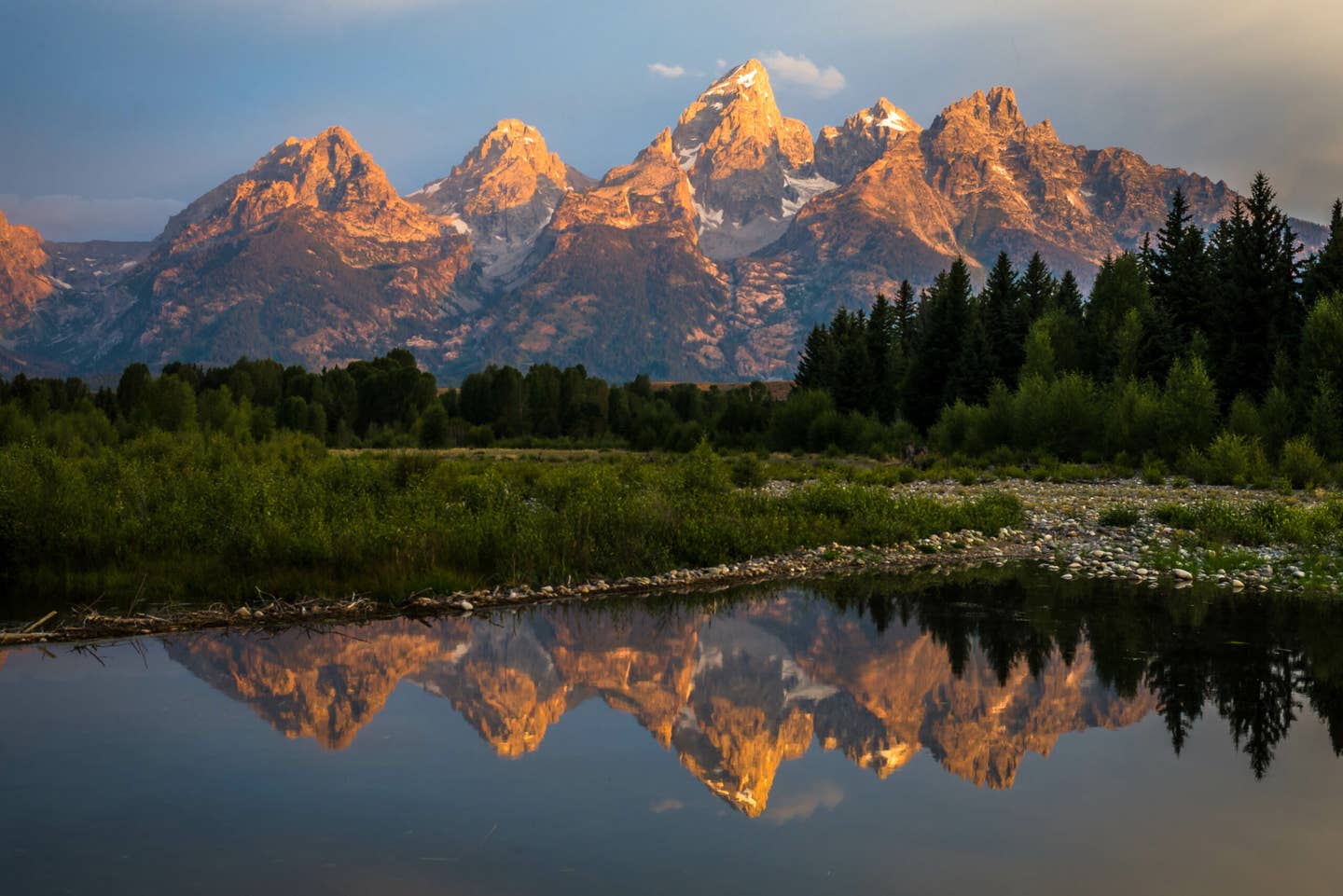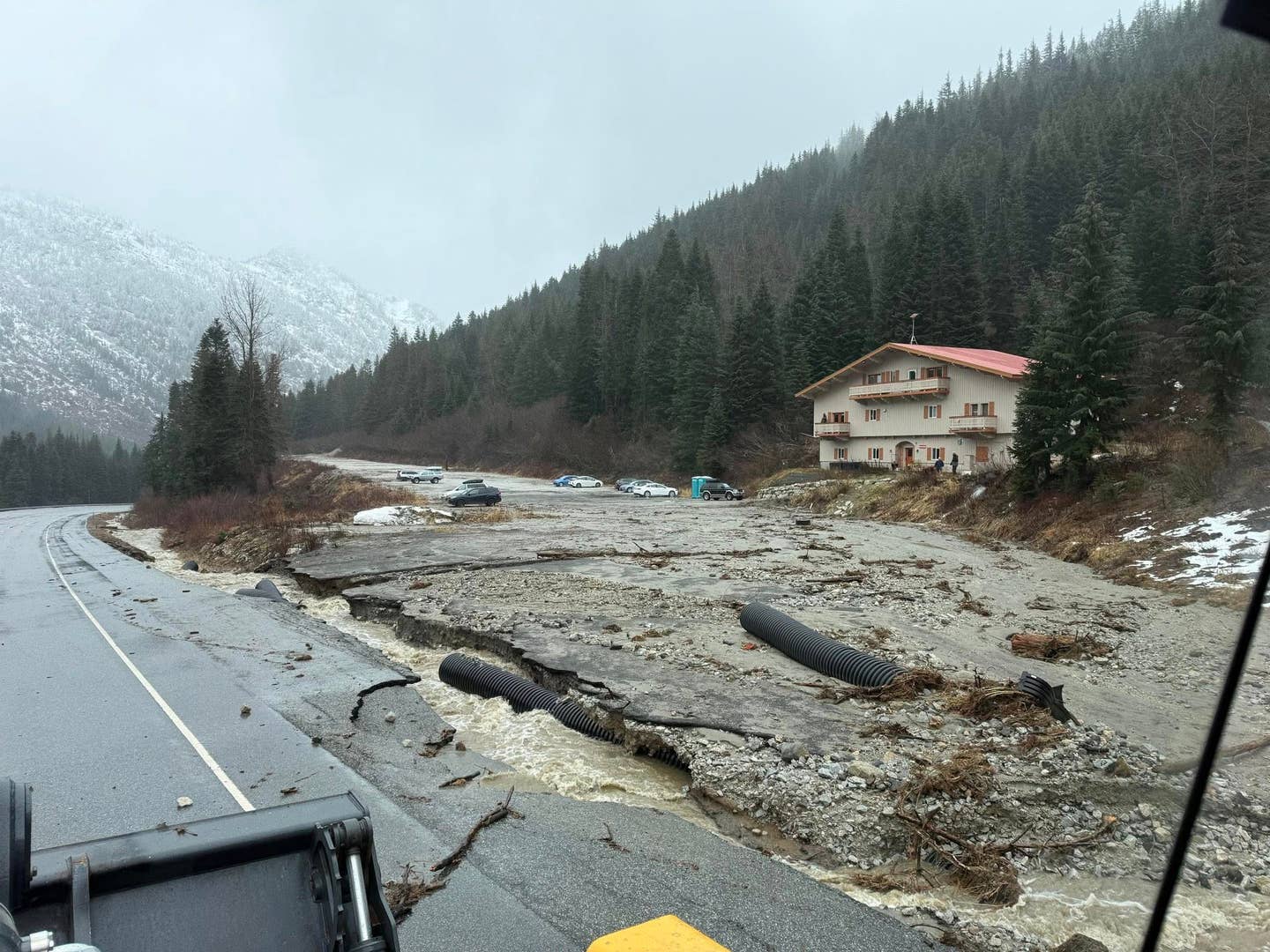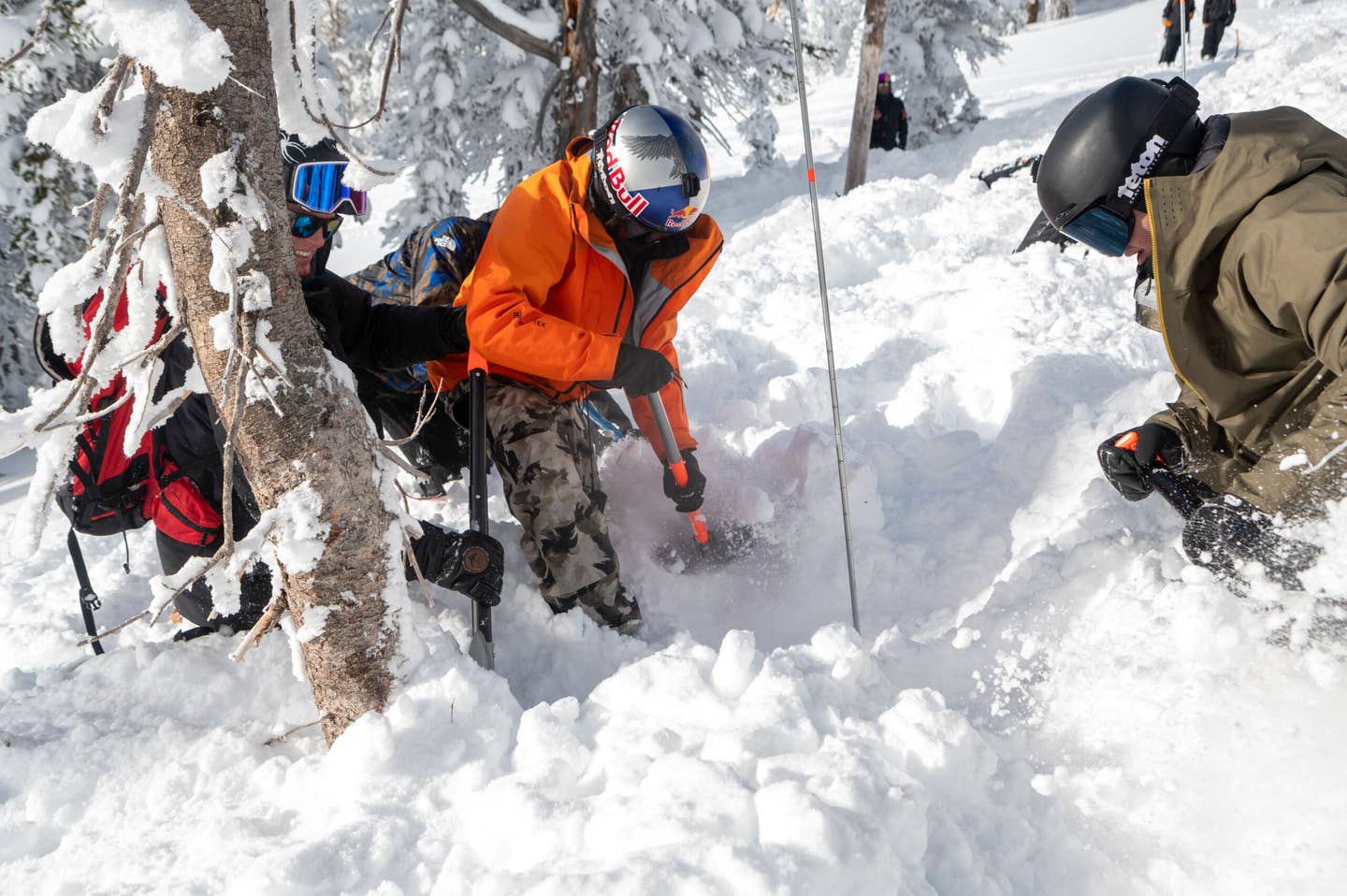

Safety Week: Rescue Skills
Popular Stories
Too easily, the fresh powder stashes and untouched lines that backcountry skiers and snowboarders spend hours, if not days, planning for and coveting can turn fatal. That's why training avalanche rescue skills is such a big part of what TGR athletes and crew practice at our annual International Pro Riders Workshop - and so should you.
Preparation begins at home. Before heading into the mountains, read the local avalanche center's risk assessment report, and ensure that you and everyone in your party are carrying properly working rescue gear: a beacon, shovel and probe.
We strongly recommend that you take an avalanche safety course, like one from AAI or AIARE, and frequently review your learning materials. If you're new to the scene, travel with experienced backcountry skiers and snowboarders and don't be afraid to ask questions.
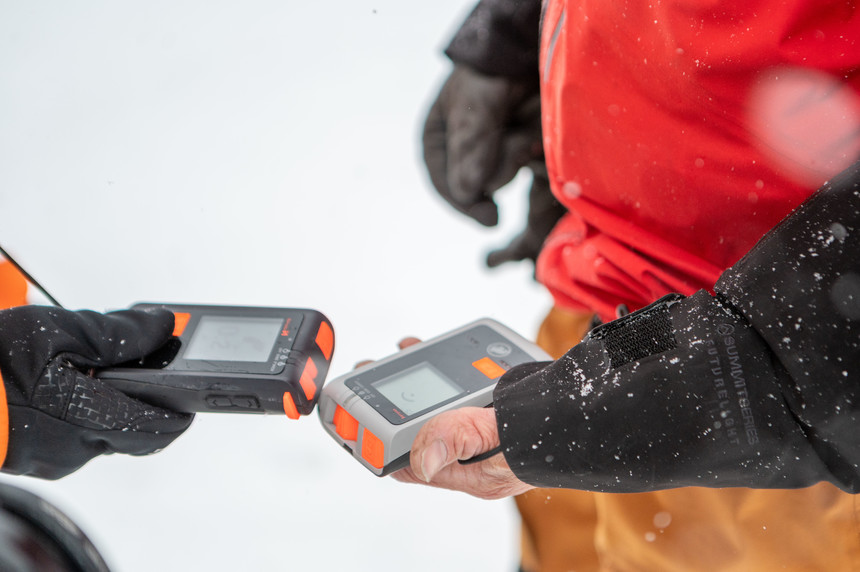
At the trailhead, always perform a multifunction beacon check to ensure everyone's equipment is working. This involves testing both the search and transmit functions of each party member's beacon. Most beacons have a self-check and group check mode - check your unit's user manual for details on how to do that.
In the event that a member of your party becomes caught in an avalanche, keep eyes on the victim as best as you can, and note the size of the avalanche path. If the victim is buried, they will end up downhill from where they triggered the avalanche and will be inside the debris pile. The vast majority of victims do not end up fully buried, so looking for clues like a boot, pack, or helmet can quickly lead you to the victim.
If traveling with a larger group, designate a group leader. It can be helpful to have this person initiate a call for outside help while other party members begin a beacon search. Anyone actively beacon searching should make sure to keep electronics like cellphones, cameras, or heated gloves either off or at least three feet away from their own beacon to prevent electromagnetic interference.
A beacon search can be broken down into three phases: signal search, coarse search, and fine search. Before any rescuers move, always size up the scene for general scene safety. Be sure to stay away from any areas that may trigger an additional avalanche and make sure everyone can move efficiently. That might require putting on skins if you are searching for someone from below.
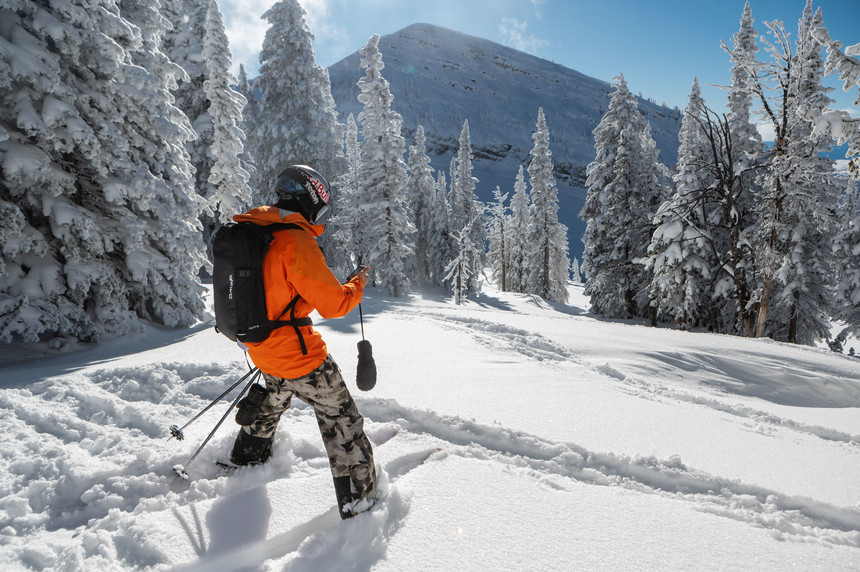
Make sure everyone in your party has their beacon switched to search mode before starting the signal search phase of the search. Depending on the size of the search party, one or more team members will travel in a methodic pattern, either zig-zagging diagonally or moving straight down the avalanche path in their parallel search strip. Again, pay attention for any signs of the victim's gear, like boots or poles.
Once you acquire the buried beacon signal, your beacon will start beeping. Notify other searchers of your find. Depending on the brand, a beacon's transmission can range anywhere between 40 and 80 meters, so travel toward the signal quickly. Follow the arrows on the screen and make sure the numbers are getting smaller. Sometimes, the arrows will point 180 degrees in the wrong direction, so if the numbers are getting bigger, flip around.
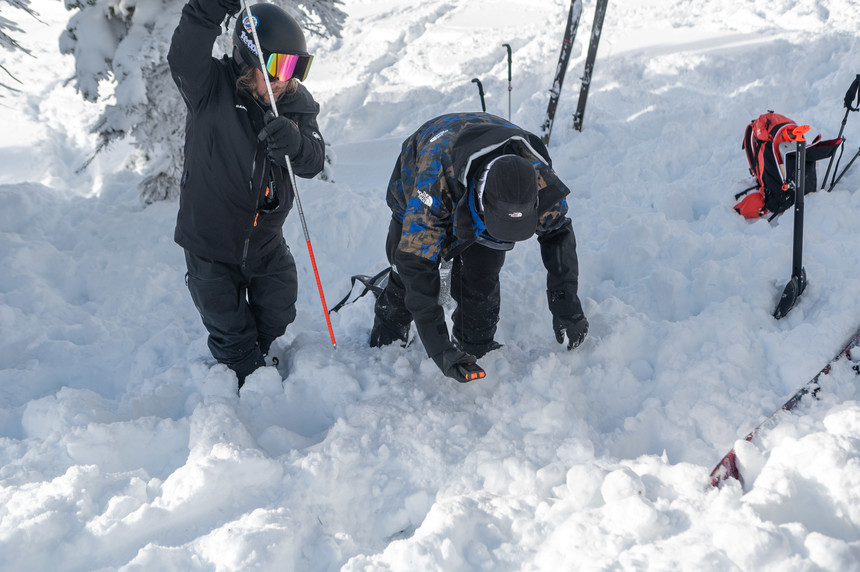
When there are only 10 meters or so remaining, the rest of your team should begin assembling shovels and probes, while you remove your skis or board and pinpoint the victim's precise location. At this point, move slowly and keep your beacon close to the ground.
Sign Up for the TGR Gravity Check Newsletter Now
Once you've found the smallest distance between you and the victim (keep in mind that in an actual rescue with a deep burial the reading on your beacon can be 2-3 meters), begin probing. Probe outward from the location of your lowest number reading in a spiral direction, but ensure that the strikes are distanced no more than 25 centimeters from each other.
Once you make contact with the buried victim, leave your probe in the snow where you struck the victim. If there are two probes on hand, it can be good practice to confirm the victim's location with a second probe strike. Now, the most physically taxing and time consuming part of the search begins: shoveling.
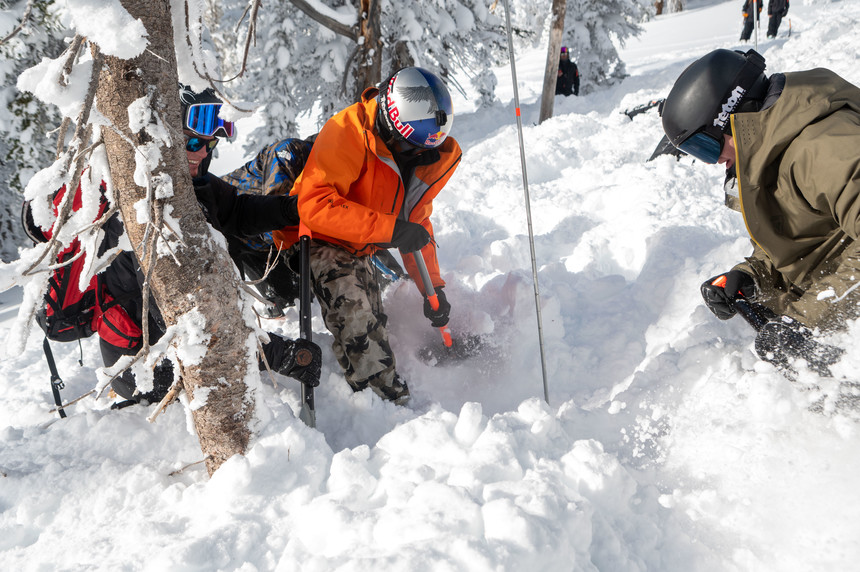
According to AIARE, if a victim is fully buried under three feet of snow, rescuers will need to remove at least 2,500 pounds of snow to reach them. That figure nearly triples to 10,000 pounds of snow to save a victim lodged under a six-foot avalanche burial. Shoveling is arduous, so avoid fatigue while shoveling by switching out leaders and pulling snow downhill instead of shoveling it up and out of a hole.
If there are multiple rescuers, designate two people to shovel towards the victim from two to three feet downhill while the others work behind them moving excess snow further downhill. Frequently rotate positions to avoid fatigue. If the victim is buried under less than three feet of snow, rescuers should take one step downhill before digging uphill toward the probe strike. Take an additional step downhill if the victim is buried deeper than three feet.
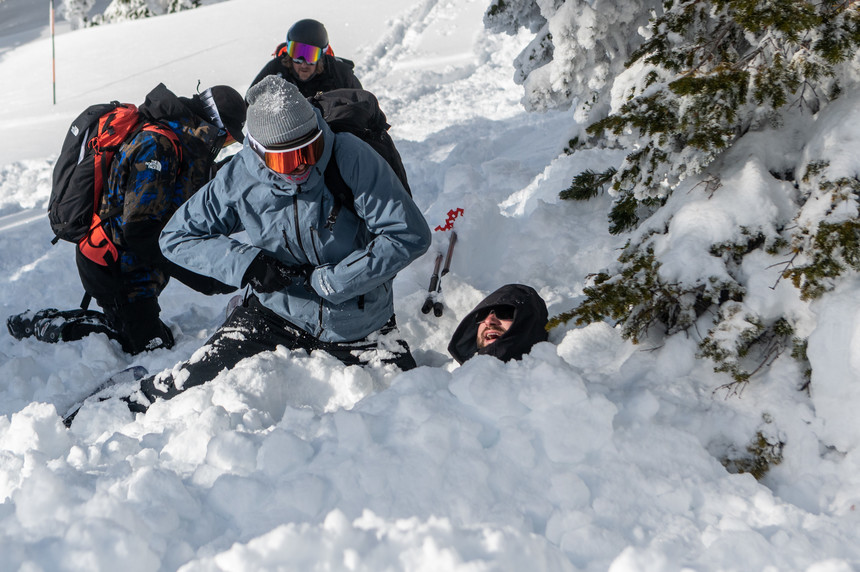
The primary life-threatening risks that avalanche victims face are blunt force trauma and asphyxiation. Once the victim is uncovered, your first priority is to make sure their airway is clear of snow. Rescuers who have medical training, such as CPR or are Wilderness First Responders, should administer the medical care they have been trained with.
It's wise to have an evacuation plan prepared before entering the backcountry, and if rescue services arrive, such as a helicopter, be sure to have cleared a landing zone by moving gear and debris aside.
You can chase powder, but the powder can chase you too. Invest in your education, practice rescue techniques frequently and when traveling through the backcountry, surround yourself with knowledgeable and trustworthy friends.
